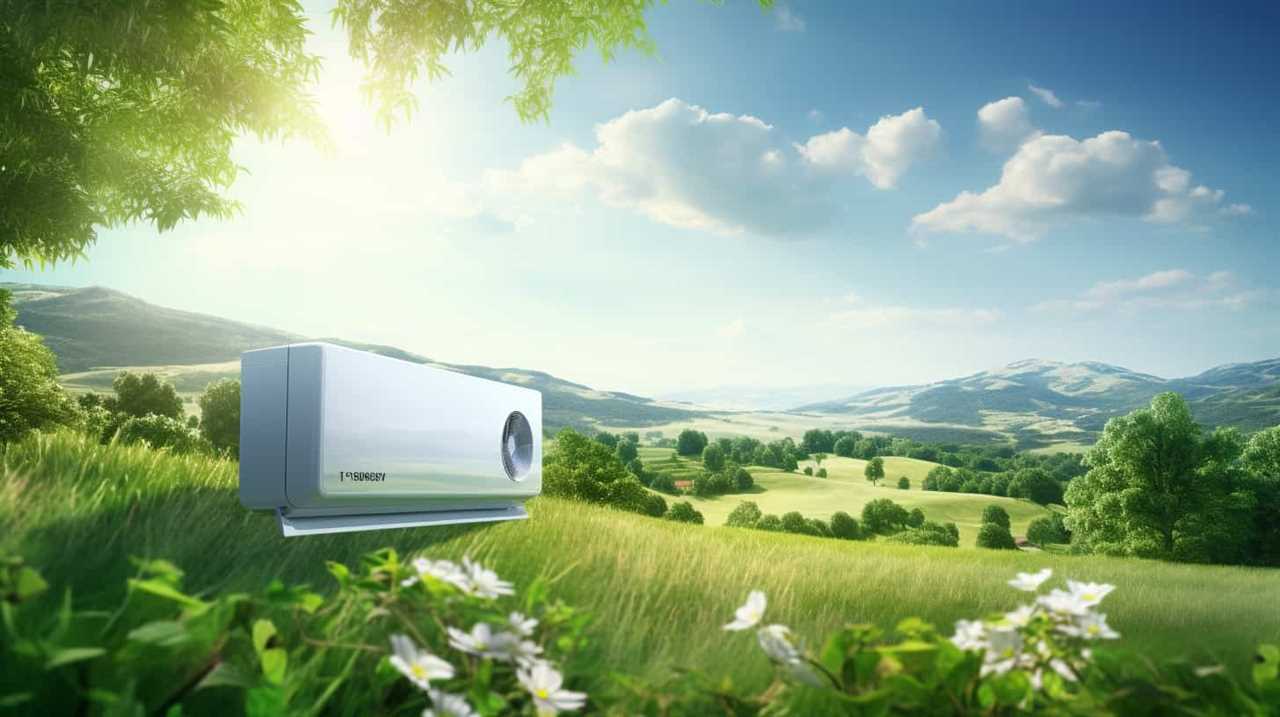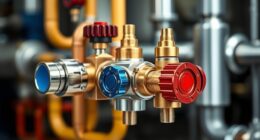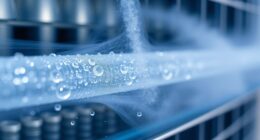We have exclusive information on six revolutionary techniques for achieving the best heat pump installation.
With an emphasis on green building, these techniques will not only keep your space comfortable, but also reduce energy consumption and environmental impact.
From energy-efficient envelope design to integrating renewable energy sources, we’ll show you how to master the art of efficient heat pump installation.
Get ready to revolutionize your approach and reap the benefits of a more sustainable and cost-effective system.
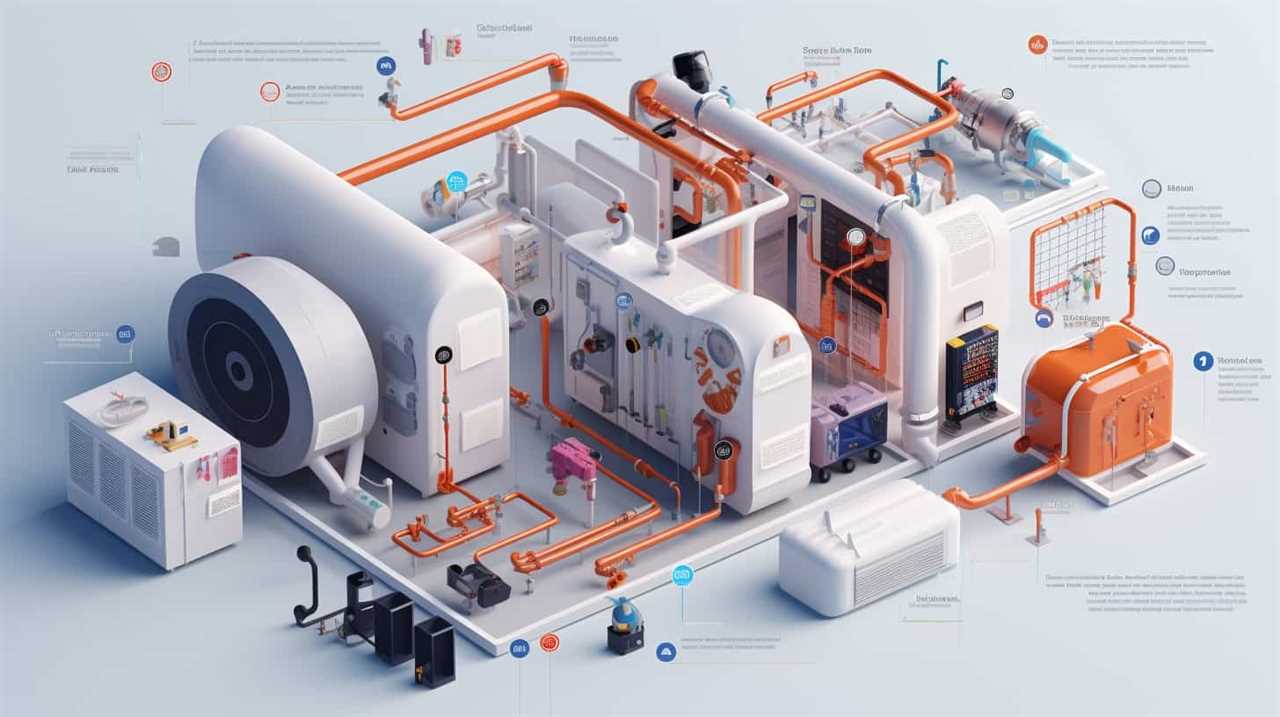
Key Takeaways
- Proper insulation and air sealing techniques are essential for reducing heat transfer and maintaining a consistent indoor temperature.
- Selecting high-efficiency heat pumps is crucial for maximizing energy savings and reducing environmental impact.
- Optimal placement and sizing of heat pumps can minimize heat loss and ensure optimal energy efficiency and performance.
- Integrating renewable energy sources such as solar panels and wind turbines can contribute to a more sustainable and efficient heat pump system.
Energy-Efficient Building Envelope Design
One of the key strategies we can implement for energy-efficient building envelope design is to properly insulate the walls, roof, and floors. By using high-quality building envelope materials, we can effectively minimize heat loss and reduce the energy consumption of a building.
Insulating the walls with materials such as foam insulation or fiberglass batts can prevent air leakage and provide better thermal performance. Similarly, insulating the roof and floors with appropriate materials can further enhance energy efficiency.
Another important aspect of energy-efficient building envelope design is thermal bridging mitigation. Thermal bridging occurs when there’s a break in the continuity of insulation, resulting in heat loss. By using thermal breaks, such as insulating concrete forms or continuous insulation, we can minimize thermal bridging and improve the overall energy performance of the building.
Proper Insulation and Air Sealing Techniques
To achieve optimal energy efficiency in heat pump installation, we must employ proper insulation and air sealing techniques. These strategies are crucial in minimizing heat loss and ensuring that the heat pump operates at its highest efficiency. Here are five key techniques to consider:
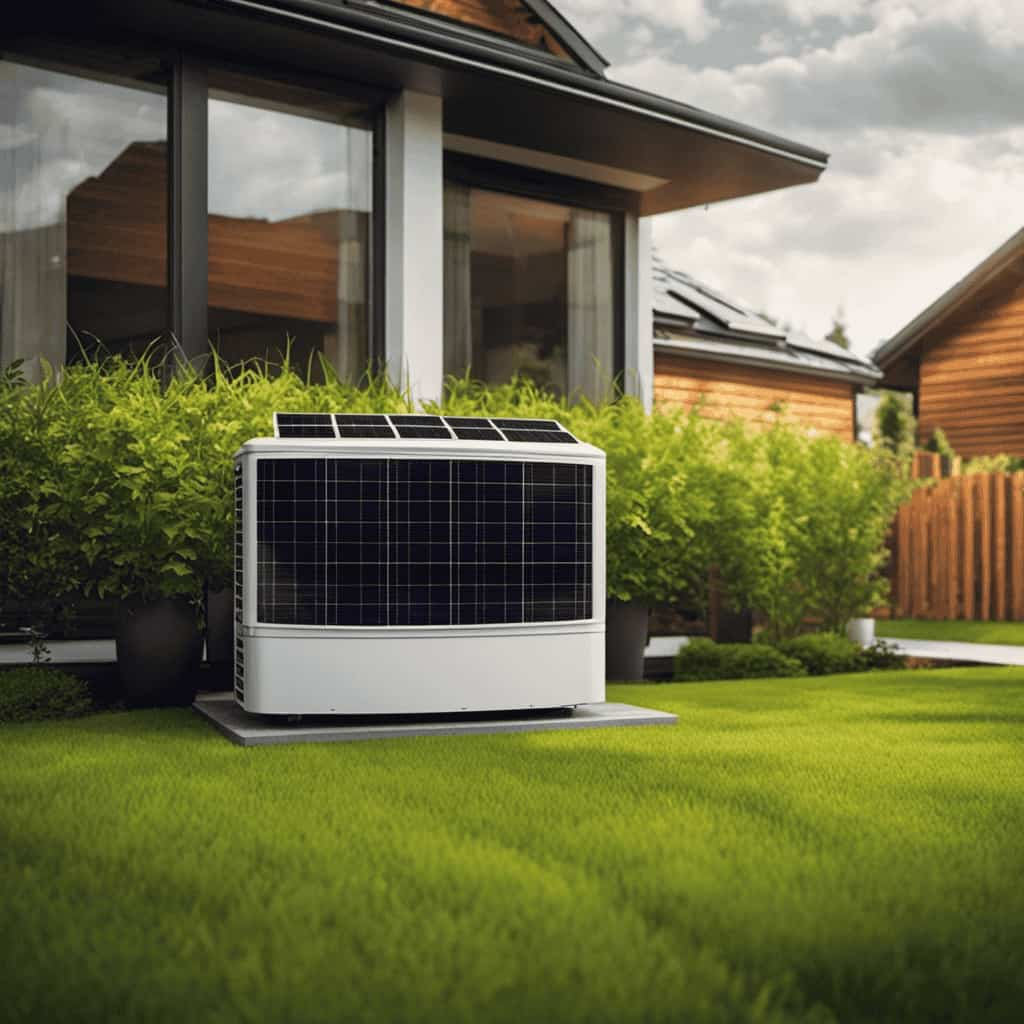
- Insulate the walls, roof, and floors to reduce heat transfer and maintain a consistent indoor temperature.
- Seal all gaps and cracks in the building envelope to prevent air leakage, ensuring that conditioned air stays inside.
- Install weatherstripping around doors and windows to create a tight seal and prevent drafts.
- Use spray foam insulation in hard-to-reach areas and around pipes and wires to ensure a continuous thermal barrier.
- Consider using energy-efficient windows and doors that have high insulation properties.
High-Efficiency Heat Pump Selection
We should prioritize our selection of high-efficiency heat pumps to maximize energy savings and reduce environmental impact. When choosing a heat pump, it is important to consider factors such as energy efficiency ratings, heating and cooling capacity, and cost effectiveness. To help you make an informed decision, here is a comparison table of three high-efficiency heat pumps:
| Heat Pump Model | Energy Efficiency Rating | Heating Capacity (BTU/h) | Cooling Capacity (BTU/h) |
|---|---|---|---|
| Model A | 20 SEER | 48,000 | 48,000 |
| Model B | 18 SEER | 60,000 | 60,000 |
| Model C | 22 SEER | 36,000 | 36,000 |
Optimal Placement and Sizing of Heat Pumps
To ensure efficient operation and maximum performance, we must carefully determine the optimal placement and sizing of heat pumps in our green building projects.
Here are five key considerations for achieving optimal placement and sizing:
- Placement near the center of the building to minimize heat loss through long duct runs
- Avoidance of high-traffic areas or areas prone to dust accumulation, to reduce the need for regular heat pump maintenance
- Sufficient space around the heat pump for proper airflow and access for heat pump troubleshooting and maintenance
- Consideration of noise levels and visual impact when selecting the placement location
- Accurate sizing of the heat pump based on the building’s heating and cooling load, to ensure optimal energy efficiency and performance.
By carefully considering these factors, we can ensure that our heat pumps are placed and sized optimally, leading to efficient operation and minimal energy wastage.
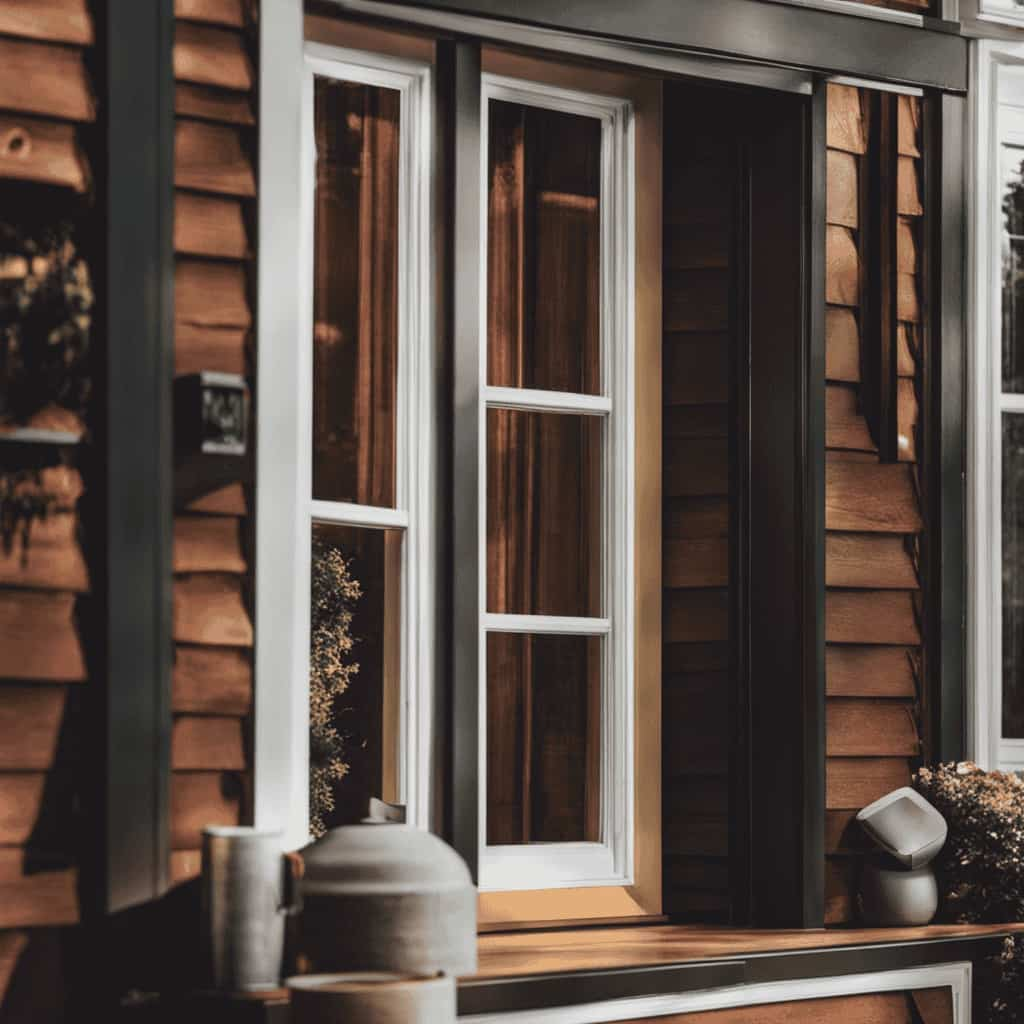
Now, let’s explore the next topic: the integration of renewable energy sources.
Integration of Renewable Energy Sources
By incorporating renewable energy sources into our green building projects, we can maximize energy efficiency and reduce reliance on traditional fossil fuels.
One crucial aspect of integrating renewable energy sources is grid integration. Grid integration refers to the process of connecting renewable energy systems to the electrical grid, allowing for the smooth flow of energy between the two. This integration enables buildings to not only consume renewable energy but also contribute excess energy back to the grid.
Sustainable energy integration is another key consideration. It involves the incorporation of various renewable energy technologies, such as solar panels and wind turbines, into the building design. This integration allows buildings to generate their own clean energy, reducing their carbon footprint and promoting sustainable practices.
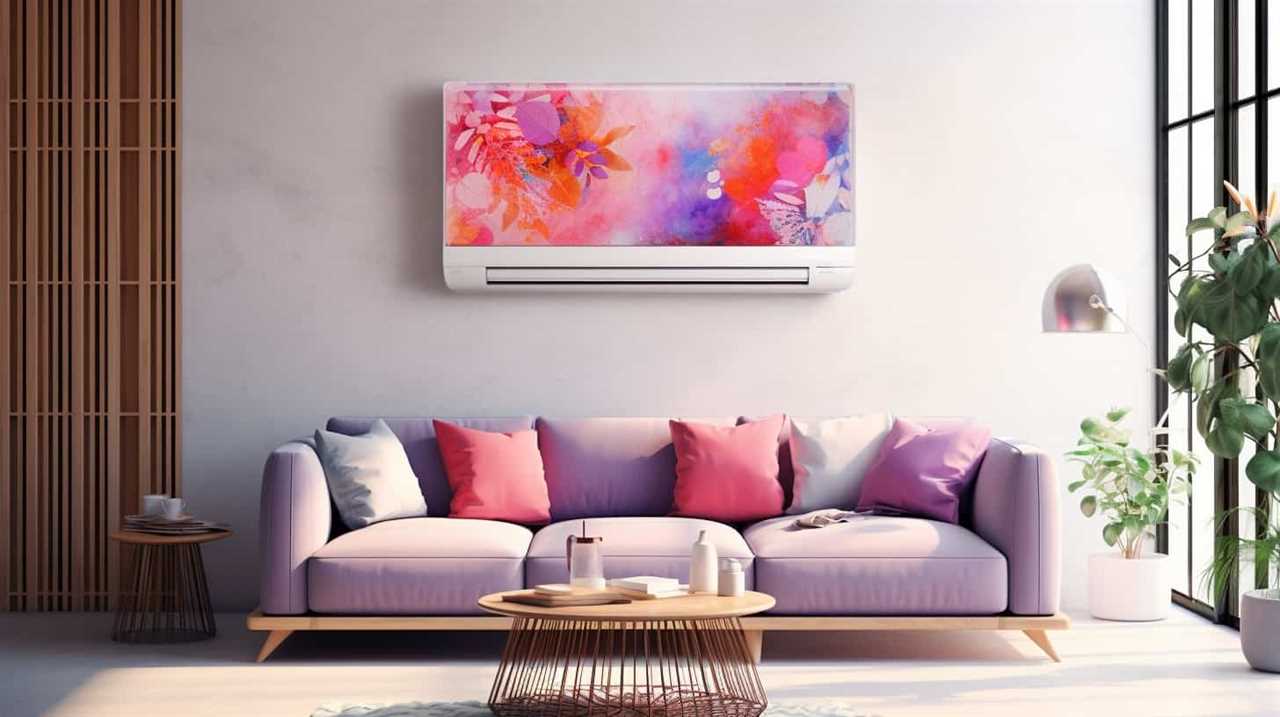
Frequently Asked Questions
What Are the Key Factors to Consider When Designing an Energy-Efficient Building Envelope?
When designing an energy-efficient building envelope, key factors to consider include using energy efficient building materials and incorporating passive solar design. These strategies can help maximize energy efficiency and reduce heating and cooling costs.
How Can Proper Insulation and Air Sealing Techniques Contribute to the Efficiency of a Heat Pump System?
Proper insulation and air sealing techniques are critical to maximize the efficiency of a heat pump system. They contribute to an energy efficient building envelope, enabling high efficiency heat pump selection, optimizing heat pump placement and sizing, and integrating renewable energy sources for sustainability enhancement.
What Are the Main Criteria to Look for When Selecting a High-Efficiency Heat Pump for a Green Building Project?
When selecting a high-efficiency heat pump for a green building project, we consider criteria such as energy efficiency ratings, variable-speed technology, advanced controls, noise levels, and warranty options. The best heat pump models meet these standards.
What Are Some Important Considerations for Placing and Sizing Heat Pumps in Order to Maximize Their Efficiency?
When it comes to maximizing heat pump efficiency, sizing considerations and placement strategies are key. Properly sizing the unit ensures optimal performance, while strategic placement minimizes heat loss and maximizes energy savings.

How Can Renewable Energy Sources Be Effectively Integrated With Heat Pump Systems to Further Enhance Their Sustainability?
To enhance the sustainability of heat pump systems, effective integration of renewable energy sources is crucial. By combining these sources, we can optimize energy efficiency and reduce reliance on traditional power grids.
Conclusion
In conclusion, implementing these six green building strategies for efficient heat pump installation can significantly improve energy efficiency and reduce environmental impact.
By focusing on energy-efficient building envelope design, proper insulation and air sealing techniques, high-efficiency heat pump selection, optimal placement and sizing of heat pumps, and integration of renewable energy sources, we can create buildings that are more comfortable, cost-effective, and sustainable.
This approach to heat pump installation aligns with the goal of reducing carbon emissions and promoting a greener future.
